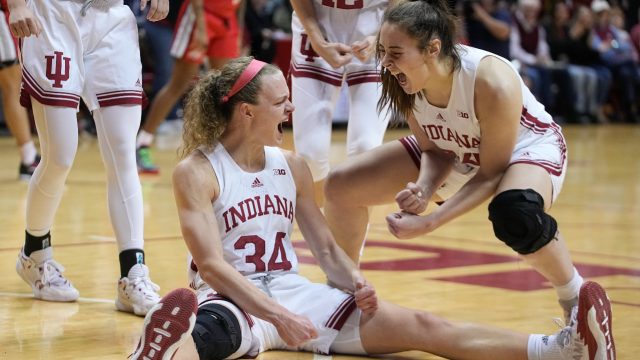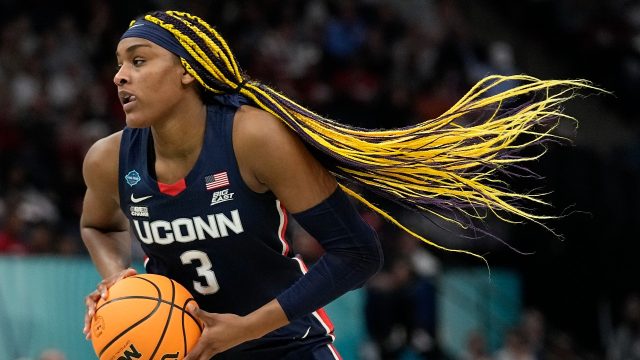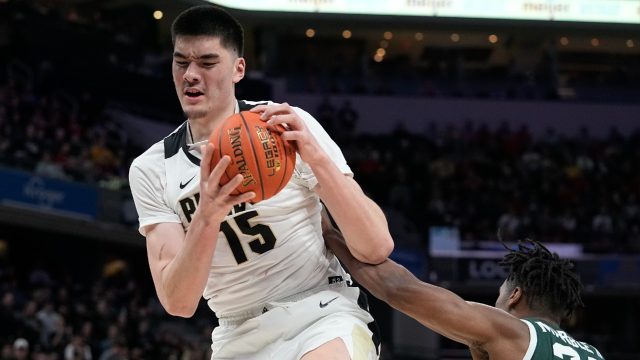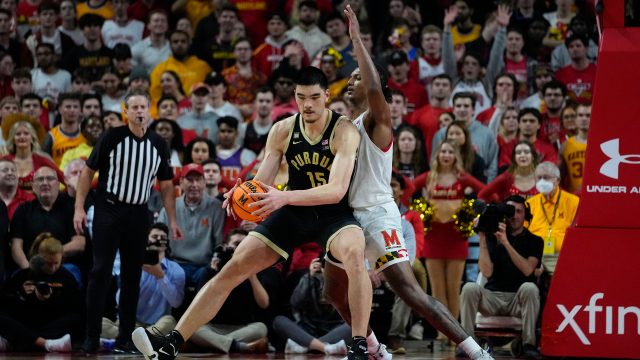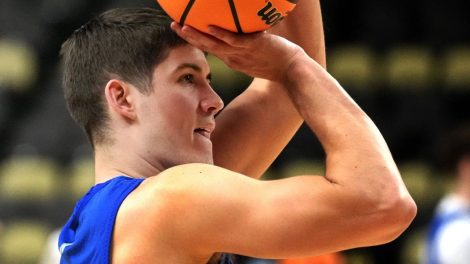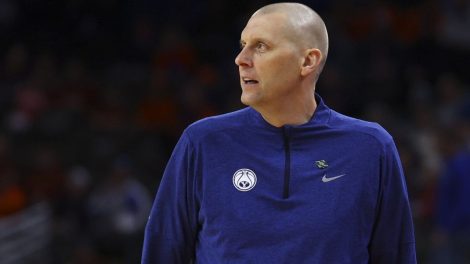March Madness is upon us. There are 23 Canadians in the men’s NCAA tournament and 30 women in the women’s tournament so there are plenty of reasons to watch and cheer if you’re a Canadian. But it’s been a hard year to decipher who to back to win it all, especially on the men’s side as teams fluidly moved up and down in the top 25 all season.
When filling out a bracket history and data can be our finest teachers. Here are some key numbers to help you narrow down your selections as you endeavour for a perfect bracket.
Women’s bracket
On the women’s bracket chalk is the best approach. No. 1 seeds have won the last 10 titles. At least two top seeds have made the Final Four in 16 of the last 17 tournaments.
Not only are three seeds the lowest to win an NCAA tournament, but they are also 335-1 in the first round since 1994.
That doesn’t mean there isn’t parity in the women’s game. The last four champions came from four different conferences.
Home Gamecocks
The defending champion South Carolina has 38 consecutive wins, the second-longest streak in SEC history. They boast six seniors and beat six teams ranked four or higher.
Their first two games are at home in Columbia and their second two games would be in nearby Greenville. They wouldn’t have to leave the state until the Final Four.
Men’s Bracket
No. 1 Seeds for a reason
Don’t overthink it. At least one No. 1 seed reached the final of the last nine men’s tournaments. Since 1990 only two final fours didn’t include a No. 1 seed and the last five years a No. 1 seed has won the men’s national championship.
No. 2 seeds haven’t been as fortunate as none of them have reached the title game since 2016.
A No. 5 seed is the highest to ever win the NCAA tournament. So, if you’re going to get adventurous don’t make your champion pick too high.
Duke slept on at 5
The Blue Devils were seeded lower than expected at five. Despite that they have been playing like a No. 1 of late. They are 18-1 with their whole lineup together and in the last nine games they are holding opponents to 39 per cent shooting from the field.
Not so fast
Most people fill out the bracket before the First Four games are even played. Not so fast. First four teams have reached the final four twice before.
Don’t bet on a 16, however. Only one time has a 16 ever beat a one seed and the 16s are 1-147 (.007) in the first round.
Double up on double-digit seeds
At least one double-digit seed has reached the sweet 16 every year since 2008. Here’s where those upsets might occur.
Perfect 10: The No. 10 vs. No. 7 line is an area upsets are liable to happen. A 10 seed has at least one win over a No. 7 seed in 24 of the last 25 tournaments.
Elevens are wild: Since 2010, 11 seeds are 26-22 (.542) over the No. 6 seeds. At least one 11 seed has reached the sweet 16 in 10 of the last 12 tournaments.
12 vs. 5: The 12 versus five phenomena is real. No. 1 seeds have 33 wins over No. 5 seeds over the last 20 tournaments. The last time the fives swept the 12s was 2018.
On the flip side don’t pick an underdog ranked too high to go too far. A 13 seed has never made the elite eight.
10 teams (or less) that can win it all
The truth of the matter is history tells us exactly who has a shot to win it all on the men’s side.
In the last 20 years, 19 of the champions had one thing in common: Their cumulative ranking in the Ken Pom offensive and defensive efficiency rankings did not exceed 50. So essentially, they were elite on both sides of the floor. The exception was UConn in 2014 who won it all as 100-1 longshots.
The teams that qualify in that category this year are:
Houston (6-1)
Alabama (7-1)
Kansas (10-1)
Purdue (10-1)
Arizona (12-1)
Texas (12-1)
UCLA (12-1)
UConn (15-1)
Creighton (40-1)
Saint Mary’s (50-1)
We can apply some stats to help further pare down this list.
There have only been four champions in the history of the tournament that have had 25-1 or longer odds so we can cross off mid-majors Creighton and Saint Mary’s.
East coast bias
The last team to win from Mountain or Pacific time zone was Arizona in 1997. With this in mind, you might want to cross off Pac-12 rivals UCLA and Arizona.
Big Ten comes up small
The Big Ten’s last national champion was Michigan State in 2000 but the conference has had 14 teams reach the men’s Final Four since 2001. In that span, they are 0-7 in the title game.
That’s the most losses without a win by a conference this centruy. So have some caution when choosing Purdue, who last made the Final Four in 1980.
New champ
Kansas was hard done by not being given the No. 1 overall seed by the committee or being placed in their home state for round one. Instead, they are in a loaded West region with the top-ranked No. 2, 3 and 4 seeds. Kansas is looking to become just the third repeat champion in the last 50 years.
The conference isn’t consequential
Don’t get too concerned about the conference tournaments. An at-large team has won six of the last eight March Madness tournaments. So, Alabama isn’t a lock because they won the SEC tournament.
That process of elimination leaves Houston, Texas and UConn as the three teams with resumes that meet all the criteria, current and historical.


